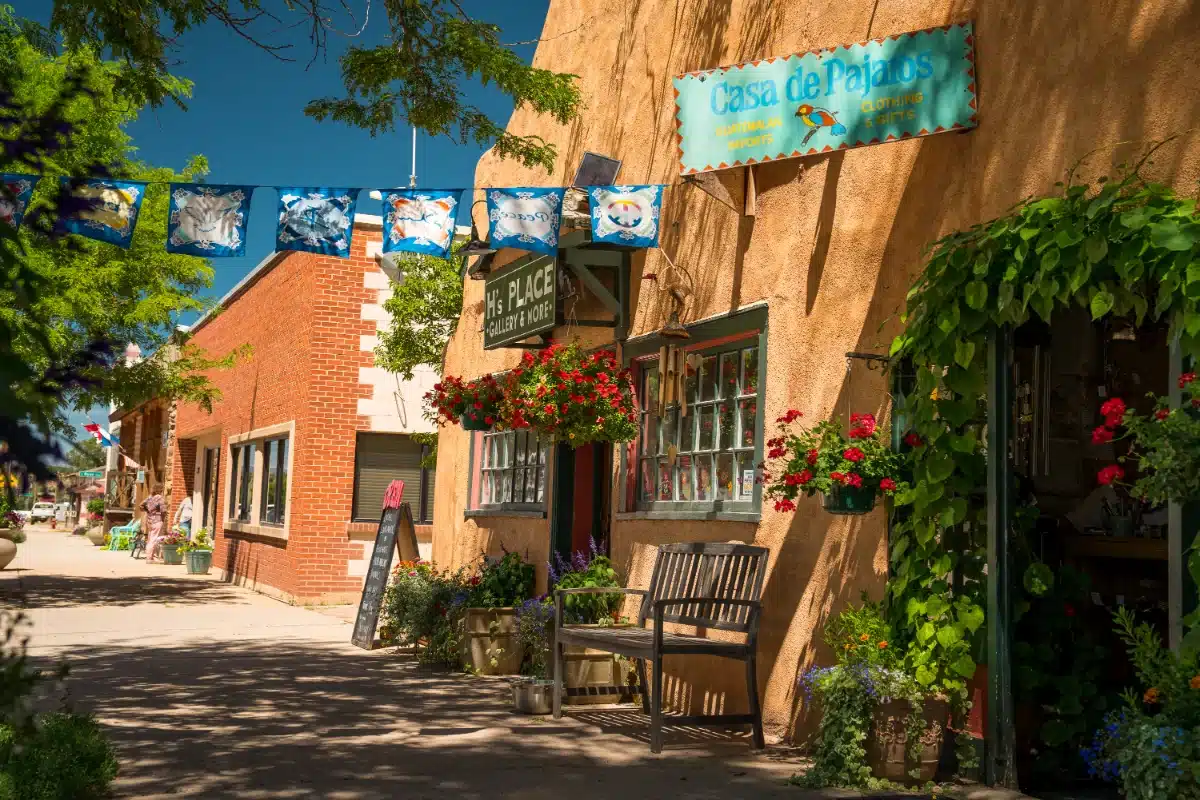La Veta
La Veta sits on the eastern side of La Veta Pass through the Sangre de Cristo Mountains and at the northern opening of the Cuchara River Valley. A busy trading center a century ago, La Veta is now known for its community of artists and ranchers and breathtaking scenery.
La Veta may be small and laid-back, but it’s also the art hub of the Spanish Peaks Region. Galleries featuring local, national, and international artists dot La Veta’s quaint Main Street. Visitor and locals are also encouraged to explore the class offerings at the La Veta School for the Arts, where well-known, respected instructors teach anything from photography and painting to more unique offerings like Navajo sand painting and bronze clay jewelry making.
La Veta History
In 1862, a former sutler with the US Army at Fort Garland, Col. John M. Francisco, and Judge Henry Daigle built Fort Francisco on land purchased from the Vigil-St. Vrain Land Grant, significantly south and west of most of the San Luis Valley-bound traffic.
As more settlers moved into this beautiful and fertile valley, the Fort increased in importance as shelter from Indians and as the commercial center for the area. The first Post Office, named Spanish Peaks, opened in the Plaza in 1871. By 1875 the Indian threat was almost completely gone.
In 1876, the narrow-gauge railroad came through La Veta several blocks north of the Fort on its way westward through the newly surveyed La Veta Pass. In 1877 the permanent rail depot was built beside the rails and the business community slowly moved north to it.

